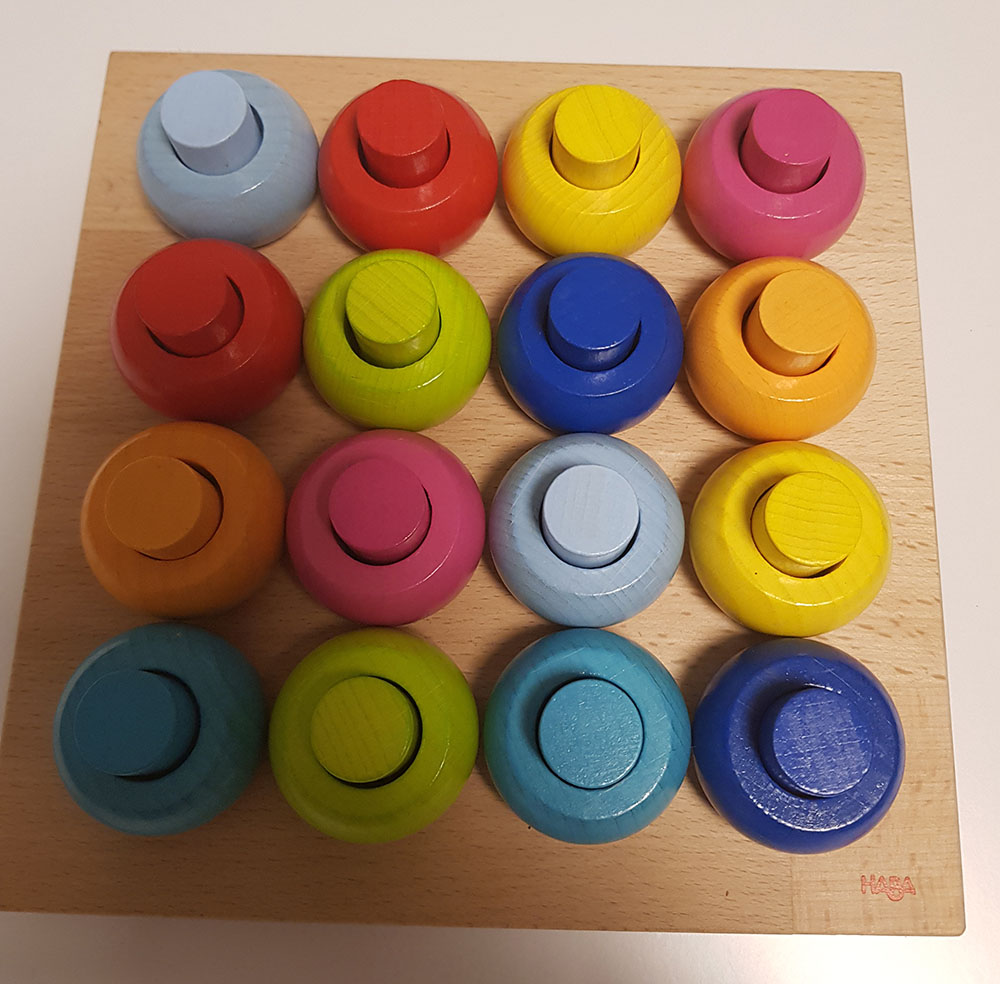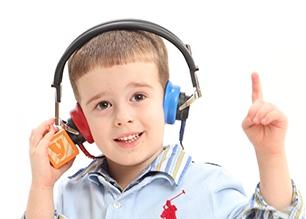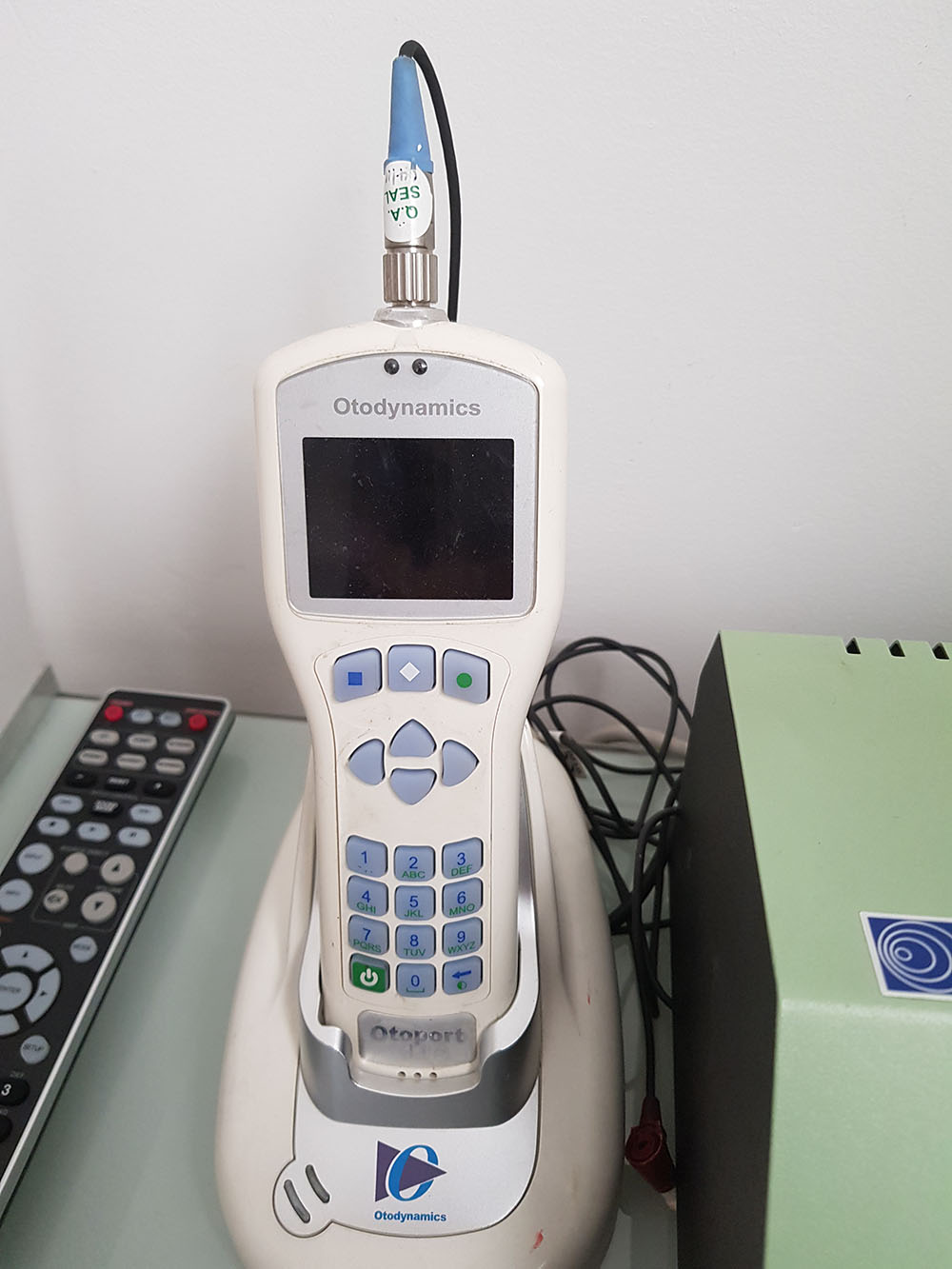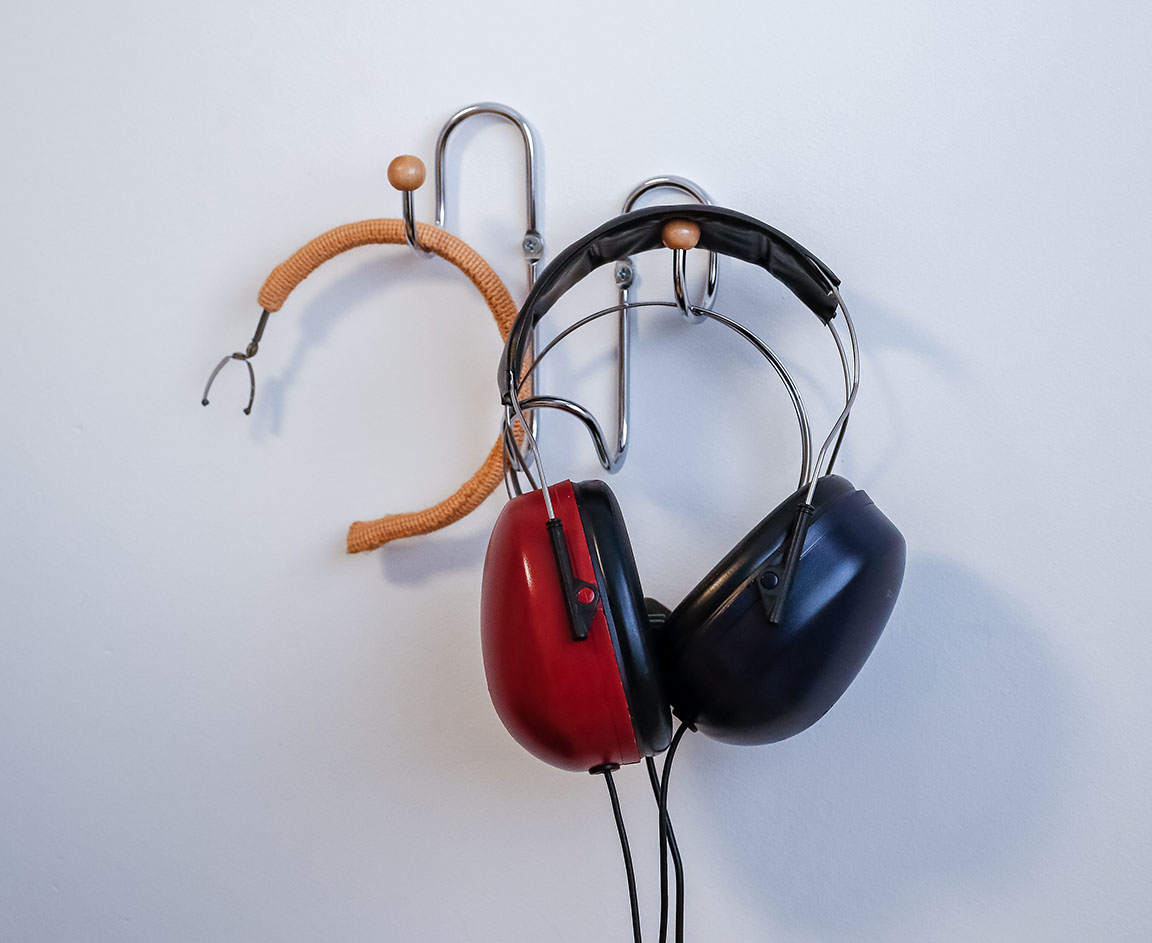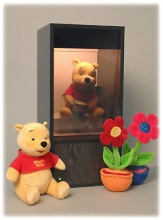In what circumstances is an auditory assessment done (audiogram)?
1/ In the first months of life:
• Systematically because screening was not done at birth.
• Or because there is an impoverishment of the bababa bebebe babbling
• Or because you find your baby too indifferent to noises.
• Or because it starts when you appear in your field of vision.
2/ From 2 to 3 years and up to 6 years:
• because your child has a language delay, disorders of the joint,
• because it makes repeat,
• because it does not hold in place
• or on the contrary because he is introverted and “in his world”.
3/ From 5-6 years
• For the same reasons as for the younger child.
• Or because your child has learning difficulties including reading.
In my experience, parents are the best observers and you always have to take them seriously. I have for many years said that I prefer to do a hearing test for nothing but to miss a deafness and to delay the diagnosis
Good to know
In France, there is a systematic screening program for all children in the maternity ward or in the first month of life. The results are noted on the French health book on the maternity exit page. This program also exists in most major Israeli hospitals.
The test used may be the OEP or another test called Automated Potentials.
How is this auditory assessment going?
It depends on the age of the child
1-At birth and during the first months of life,
I will practice first-line oto-induced emissions. (OEP)
This examination was developed in the 1980s because it was realized that when the inner ear was stimulated with a particular sound, the outer hair cells of the inner ear were able to respond by emitting a signal that you could record.
This test does not require the child’s participation but requires that he be calm. I will ask you to come with the blanket and a bottle to be in the best conditions.
When OEPs are present, we can say that the hearing is between 0 and 35 decibels (ie the hearing is normal or the impairment is mild) and therefore there will be no hindering the acquisition of language.
If we do not find Oto-Emissions that does not mean that the baby has a hearing problem, Indeed, there are many reasons for this test to be negative. For example, a baby who is crying or has too much breathing or has some amniotic fluid in the ear in the days following birth. In other words, this test has only positive value. In case of negativity we try to repeat the test in better conditions or we pass to other tests.
Conversely, it is not because oto-emissions are present at birth that it is “an all-risk insurance” your child can develop during his childhood or later other diseases that can give a hearing loss So stay tuned to his behavior!
2-In the small child (from 6 months to 3 and a half years)
I will use behavioral tests ie that requires the participation of your child. The principle is to send a sound into the room and capture the child’s reaction (using a conditioning reflex and / or a reward system). This test is completed by image designations and / or mini sound scenarios.
Good to know
These tests are very dependent:
• the experience of the audiometrist (I practiced this type of test in my Parisian practice for more than 20 years)
• and the state of concentration of the child.
This is why I will ask you when making an appointment that the test will take place in the morning; I will also ask you to come with the pacifier or the Doudou or any familiar object that reassures your child; and leave your other children at home;
Also know that during this test I will not examine your child except exception because the ENT examination is experienced as traumatic at this age whatever the softness that can be brought
3-From three and a half years,
the test is closer to that of the adult.
The child has a headset on the ears (which allows to test each ear separately) and gives the answer by stacking rings in front of him for example.
The test of sounds is always completed by the repetition of lists of age-appropriate words in French or Hebrew according to the mother tongue or by the designation of images if the child is not able to repeat.
Whatever the age, I complete the subjective tests by:
• OEP (cf newborn test)
• A tympanometry which is a painless rapid examination that objectively gives the condition of the middle ear and the Eustachian tube (in a simple way: is there or no fluid in the ear?)
This way of proceeding allows me by multiplying the tests which must all be concordant to get as close as possible to the reality of the auditory thresholds of your child
At the end of the exam I will give you the result recorded on a chart that can be easily understood by both French and Israeli doctors who will consult the document and provide an account.



